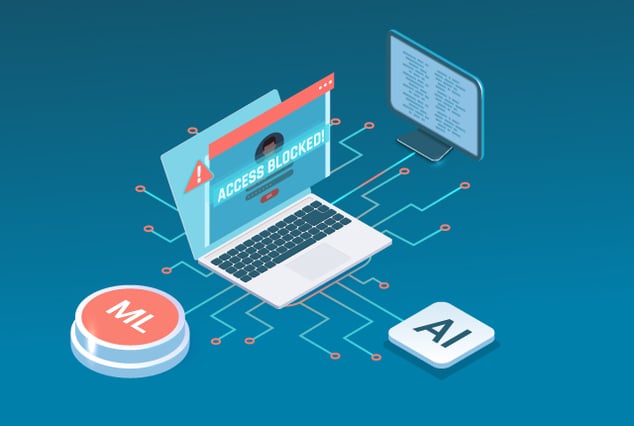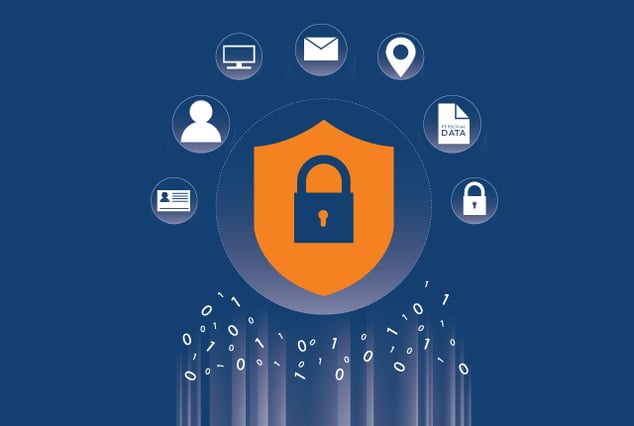
Software security and compliance are more than necessary; they are imperative to maintaining trust and meeting legal standards. Failing to address these critical elements during the software testing phase can lead to significant vulnerabilities, exposing organizations to operational risks and regulatory penalties. This blog explores strategic solutions to mitigate security risk effectively, ensuring your software meets the highest security and compliance standards.
Quality Assurance Security and Compliance Risks
Security and compliance in software testing are not merely about following a checklist; they involve a deep integration of security practices throughout the testing lifecycle. Here are several reasons why addressing these risks is crucial:
- Security Breaches: It can lead to the loss of sensitive data, negatively impact customer trust, and potentially lead to costly legal consequences.
- Compliance Failures: Non-compliance with regulations like GDPR, HIPAA, or PCI DSS can result in hefty fines and damage an organization's reputation.
- Operational Risks: Inadequate security measures can cause system downtimes and disrupt business operations, leading to financial losses.
These challenges highlight the need for a comprehensive approach to integrate security and compliance deeply into the software testing process.
The Impact of Security and Compliance Risks
Ignoring the security and compliance aspects of software testing can have dire consequences:
- Data Breaches and Losses: Systems are vulnerable to attacks that expose user data and proprietary information without proper testing.
- Regulatory and Legal Repercussions: Compliance is not optional; failing to meet legal standards can lead to fines and sanctions that might dwarf the cost of compliance.
- Brand Damage: Security failures can harm your brand's reputation irreparably, driving away current and potential customers.
- Operational Interruptions: Security flaws can lead to system outages or severe malfunctions, affecting the bottom line and operational efficiency.
Security and Compliance Integration Challenges
Several obstacles typically hinder the effective integration of security and compliance into software testing:
- Complex Regulatory: Keeping abreast of the latest compliance requirements across different regions and industries can be daunting.
- Advanced Threat: Cyber threats are evolving rapidly, requiring testers to update and adapt their security knowledge and practices continually.
- Resource Allocation: Prioritizing security and compliance testing may require additional resources, which can challenge many organizations.
- Cultural Resistance: Integrating comprehensive security practices requires a shift in organizational culture, which can be resisted by various quarters.
QASource’s Solution to Security Risk and Compliance
Organizations must adopt a comprehensive approach to address security and compliance risks effectively in software testing. Here’s how QASource supports these efforts with specialized solutions:
-
Comprehensive Security Testing Framework
Assess the current security measures and identify potential vulnerabilities within your software applications. To ensure a well-rounded approach, utilize a combination of static application security testing (SAST), dynamic application security testing (DAST), and penetration testing. QASource’s tailored security testing services are designed to integrate seamlessly with your existing development processes.
-
Regular Compliance Audits
Schedule regular compliance audits that review all aspects of the software testing process. Develop a compliance checklist based on the latest regulations pertinent to your industry, such as GDPR for data protection, HIPAA for healthcare applications, or PCI DSS for payment software. QASource offers guidance on integrating compliance into daily operations and helps remediate findings by suggesting and implementing corrective actions.
-
Training and Awareness
Implement an ongoing training program that covers new security threats, regulatory changes, and advanced testing techniques. Use a mix of in-house training sessions, online courses, workshops, and seminars conducted by external experts. QASource provides comprehensive training sessions and regular updates to keep your team informed and adept at handling new security and compliance challenges.
Case Study
The client is a leading tire manufacturer focusing on developing and manufacturing a diverse tire portfolio that delivers social and customer value. QASource implemented input validation to prevent SQL injection attacks, measures to prevent XSS attacks, such as input filtering and output encoding, a more robust password policy, requiring users to choose complex passwords, and enforcing password expiration policies. The penetration testing was successful in identifying several vulnerabilities in the web application. However, QASource improved the security of the application and protected sensitive information.
Ready to enhance your software's security and compliance? Contact QASource today to discuss how we can tailor our testing solutions to your needs.
Use Case
QASource has successfully helped clients address security and compliance risks in software testing, further demonstrating the effectiveness of our approaches:
-
Financial Services Mobile Application
The company needed to ensure its mobile banking application was secure and complied with financial regulations, including PCI DSS and GDPR. QASource implemented:
- Automated and manual penetration testing to identify and resolve vulnerabilities.
- Compliance checks are conducted at every stage of the SDLC to ensure all features meet regulatory standards
- Implementation of encryption and secure data handling practices to protect sensitive customer information.
The client reported significantly reducing potential security threats and improving customer trust and satisfaction.
-
Healthcare Data Management System
A healthcare provider needs a new data management system to comply with HIPAA regulations while protecting patient data against breaches.
QASource conducted:
- Thorough risk assessments are needed to identify potential security flaws.
- Regular compliance audits and updates in line with the latest HIPAA revisions.
- Advanced security testing techniques, including role-based access control testing and data integrity checks.
The client demonstrated due diligence in protecting patient data, thus avoiding potential fines and enhancing the system's credibility among users.
-
eCommerce Platform Expansion
An expanding eCommerce platform required updated compliance and security testing to handle increased traffic and store more consumer data.
QASource provided:
- Scalable security testing solutions are needed to handle increased loads and potential security threats.
- Continuous compliance monitoring and testing to ensure ongoing adherence to laws like GDPR in Europe and CCPA in California.
- Customized training for the client's in-house team on security best practices and regulatory changes.
The platform scaled securely and maintained compliance across different regions, leading to successful market expansions.
-
Automotive Manufacturer’s Software System
An automotive manufacturer needed to ensure that their embedded software for vehicle systems was secure and complied with international automotive security standards.
QASource focused on:
- Conducting in-depth security testing of the software embedded in-vehicle systems.
- Ensuring compliance with ISO 26262 and SAE J3061 cybersecurity guidelines.
- Providing ongoing security assessments and enhancements in response to new vulnerabilities.
The manufacturer maintained an excellent security record, with no significant vulnerabilities reported post-launch, reinforcing brand reliability and customer safety.
Conclusion
Integrating security and compliance into software testing cannot be overstated. With the right strategies and a reliable partner like QASource, you can ensure that your software is functional but also secure and compliant with all necessary regulations. Transform your testing approach to protect your assets, comply with laws, and build user trust.



